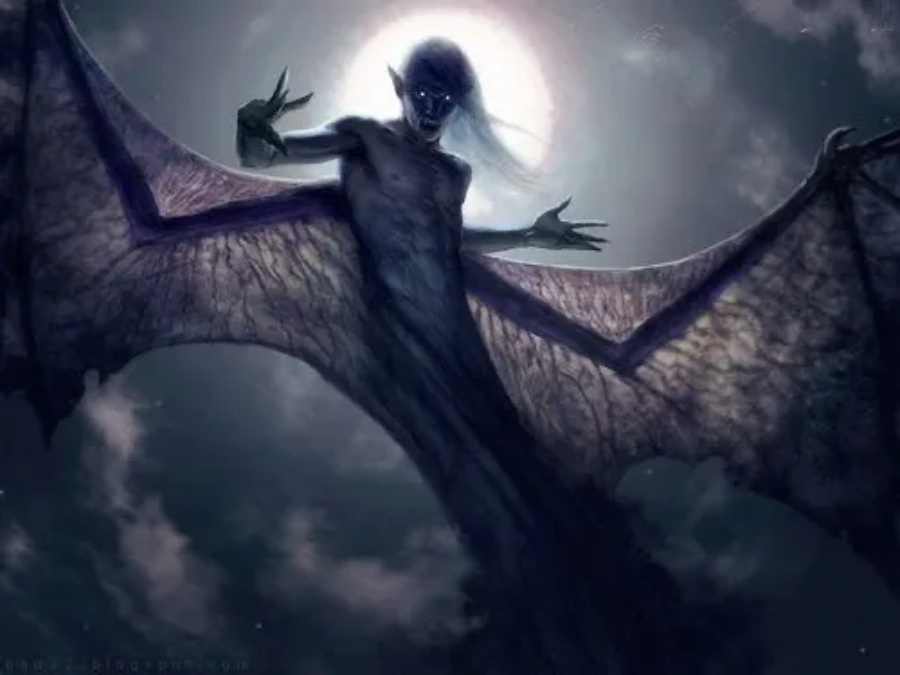The "undead dead" have always fascinated people across the world. Near a Vampire, many societies have a few famous monsters or fabled entities. Each civilization, however, appears to have its own "version" of the common species. The name "Vrykolakas" comes from the Slavic phrase "vblk'b dlaka," which means "wolf pelt wearer."
While most vampire tales feature the consumption of human blood, this is not the case in Greece. A human does not become a Vrykolakas by being bitten. If you live a sinful life, get excommunicated, or are buried in unconsecrated ground, it is considered that you will become one of these monsters. Of course, eating mutton that has been damaged or devoured by a werewolf is another unusual method to become a Vrykolakas.
The word appears to have been first used in the mid-1600s. In 1645, Leo Allatius and wrote: "The Vrykolakas is a terrible man who a bishop may have excommunicated. Its body swells to the point where all of its limbs swell, it becomes hard, and when tapped, it thumps like a drum." Along with the establishment of the Greek Orthodox Church, it was also said that the Vrykolakas had something to do with evil (or the devil) possessing a corpse that was already dead and forcing it to move.
Phlegon, a freedman who lived during the reign of the Roman Emperor Hadrian, related a narrative concerning these creatures. After six months after her death, Philinnon, the daughter of Demostratus and Charito, had been observed entering the room of a young guest named Machetes. When Charito questioned Machetes the following day about his visitor, he admitted that the girl's name was Philinnon. He then displayed the items she had left behind, including a ring and a breast band. The parents quickly recognized the things as belonging to their late daughter. Philinnon returned to Machates' chamber the following night, but her parents had come to visit her. Philemon chastised them for disturbing her time with Machetes. She'd been allowed three nights with him, but she'd die again because they got in the way. Her body had reverted to a corpse in before of their eyes.
Phlegon was a municipal official appointed to suppress the news of Philinnon's rebirth from spreading. Upon examining her burial vault, he found several gifts she had taken from her visit with Machetes, but nobody. A local advised that the body be burned, and appropriate purification rituals and propitiatory rites were given to the deities.
If the Vrykolakas does not turn the people with a bite, it will spread death through disease.
It would knock on doors to draw people out, only to disappear if they answered on the first knock, but that person would be condemned to death soon after and become a vrykolakas themselves. The legend lingers: a traditional Greek household will only open the door upon the second knock!
However, not all Vrykolakas wished to murder everyone they encountered. They were sometimes persons who had died tragic or violent ends and needed to accomplish some unfinished business. You can kill a Vrykolakas much the same way you'd get rid and kill an Eastern European vampire by a stake through the heart, some impaling, cremating the corpse, etc. Sometimes also, an exorcism is said to work.
Written by Joshua Marasigan, New Age Hub


























No comments:
Post a Comment